Did you know that the first auto-da-fé in the Americas was held in the Lima Main Square? Not only that, this is where Inquisition sentences were carried out, Peru’s independence was declared, and the city’s first bronze fountain was installed. This is not just a tourist site. It's the beating heart of Peruvian history; a place that has witnessed glory, horror, and transformation. And the most surprising part: it still stands, waiting for you.
What is the main square of Lima, and why is it so important?
The Main Square of Lima is more than just a plaza. It’s the very spot where the city was founded in 1535, the starting point from which the capital of Peru began to grow. Decrees were signed here, celebrations took place, and difficult moments were also lived. It is the main stage of Lima’s historical narrative, loaded with symbolism and memory.
Located in the historic center of Lima, this square marks kilometer zero of the city. From here, Lima expanded, along with its culture, architecture, and influence throughout Latin America.
The History of Lima Main Square
The Lima Main Square, also known as the Plaza de Armas of Lima, is the founding site of the city of Lima, capital of Peru. It is the city's main public space. Located in the historic center of Lima, it is surrounded by important buildings such as the Government Palace of Peru, the Cathedral of Lima, the Church of El Sagrario, the Archbishop’s Palace of Lima, the Municipal Palace of Lima, and the Union Club.
Foundation of Lima and the Origin of the Main Square
In 1523, King Charles I of Spain issued the Ordinances for the Foundation of Cities in the Americas. These established that city layouts should begin from the Main Square, with a grid pattern to ease expansion.
Following these guidelines, on January 18, 1535, Francisco Pizarro founded Lima and placed a pillory at the center of what would become the main square, symbolizing justice. Together with Nicolás de Ribera, Diego de Agüero, and Francisco Quintero, he laid out the city’s streets and blocks. He took for himself the block to the north of the square and allocated others for the church, the priest's house, and the town council. The rest was distributed among the conquerors during the conquest of the Incas.
Later, Viceroy Diego López de Zúñiga ordered the pillory to be moved closer to the Rímac River and had a fountain installed at the center of the square. It was later returned to Petateros Alley and finally moved again to Santa Ana Square in 1668. A year later, due to a rise in petty crimes, it was brought back.
The Plaza During the Viceroyalty
During colonial rule, the main square Lima had many roles: it was a market, a bullring, and a place for public executions. It also hosted autos-da-fé organized by the Holy Office of the Inquisition. The first one took place on November 15, 1573, the day the first sentence to the stake was carried out in the Americas. That same day, Mateo Salado was executed where the Acho Bullring now stands.
Construction of the Cathedral of Lima was completed in 1622, though the towers were only finished in 1797. This temple still stands on the east side of the Lima main square.
Transformations in the Republican Era
In 1821, José de San Martín proclaimed Peru’s independence from the main square Lima. After the ceremony, he led a procession holding the new national flag.
In 1855, President Ramón Castilla installed the first gas streetlights in the square and introduced gardens. In 1860, animal-drawn tram rails were laid. With the construction of Lima’s Penitentiary, prisons were moved outside the Government Palace.
The 20th century brought major changes: the Archbishop’s Palace was completed in 1922, the Government Palace in 1938, and the Municipal Palace in 1944. In 1940, the neocolonial style was adopted for the southern buildings, featuring wooden balconies, shaping the current appearance of the Lima Main Square.
UNESCO Recognition in 1991
In 1991, the Lima Main Square was declared a UNESCO World Heritage Site as part of the historic center of Lima, in recognition of its historical and cultural significance. The title acknowledges the square as the founding core of the city and a witness to key events in both colonial and republican Peru.
Its original layout, colonial and republican architecture (like the Cathedral of Lima, Government Palace, and Municipal Palace), and preservation as a public space were key to earning this status.
What to See in the Main Square of Lima Today
Though it maintains its original layout, the square has been restored and beautified many times. Today, it blends history with modern life.
17th Century Bronze Fountain
At the center is a bronze fountain built in 1651, one of the oldest preserved elements, and still operational. It’s also a favorite photo spot for visitors.
Government Palace
Facing the square is the majestic Government Palace, also known as “Pizarro’s House.” It is the official residence of the president of Peru. Every day at 11:45 a.m., you can witness the Changing of the Guard, a free spectacle popular with tourists.
Lima Municipality
Another remarkable building is the Metropolitan Municipality of Lima, with well-preserved colonial balconies and architecture that contrasts with the city’s modern structures.
Cathedral of Lima
Undoubtedly, one of the most important attractions is the Cathedral of Lima, located on one side of the square. Its construction began in 1535 and has seen several renovations. Inside lies the tomb of Francisco Pizarro, along with baroque altars, colonial paintings, and colorful stained glass.
Gastronomy Near the Plaza: Flavors with History
Exploring the historic center of Lima is not just a visual and cultural experience; it’s also a chance to enjoy Peruvian gastronomy. Just steps from the Lima Main Square, you'll find restaurants and cafés blending tradition and flavor.
Local Restaurants Around the Square
In the streets surrounding the main square Lima, you’ll find iconic places to enjoy authentic Creole dishes. Some of the most recommended include:
- El Cordano: Over 100 years old, this restaurant has hosted presidents and writers. Try their classic pork ham sandwiches or a hearty lomo saltado.
- Restaurant Moyas: A cozy spot offering traditional homemade Peruvian food. Known for dishes like ají de gallina, arroz con pollo, and causa limeña.
- Bar Queirolo: Just six blocks from the lima main square, this is a local classic, ideal for a pisco sour and traditional snacks.
Dishes You Should Try in the Area
If you're visiting this area of Lima, don’t miss:
- Ceviche: Peru’s signature dish, fresh fish, lime juice, chili, red onion, and cilantro. Try it at places like Ceviche del Rey or Bolívar Restaurant for the classic Limeño style. Ideal for lunch after a stroll through Lima main square.
- Ají de gallina: Creamy yellow chili sauce with shredded chicken, served with rice and potatoes.
- Causa limeña: A cold dish made of pressed yellow potatoes with chili and lime, filled with tuna, chicken, or seafood.
- Anticuchos: Grilled skewers of marinated beef heart.
- Suspiro a la limeña: A traditional dessert made with caramel and meringue.
Fun Facts About the Lima Main Square
- It’s one of the oldest main squares in the Americas, laid out in 1535.
- It was where Lima’s first public lighting system was installed in 1855.
- The central bronze fountain is still the original from the 17th century.
- The fountain was once where royal laws were proclaimed.
- Autos-da-fé were held here in the 16th and 17th centuries, where the Spanish Inquisition judged the accused.
- There were underground tunnels linking the Cathedral of Lima, the Government Palace, and the San Francisco Convent.
- The square has survived multiple earthquakes; many buildings are faithful reconstructions of the originals.
Tips for Enjoying Your Visit to the Main Square Lima
- Start Early: Among the best things to do in Lima, undoubtedly, is visiting its main square. Between 9 and 11 a.m., lighting is best for photos. Arriving earlier lets you enjoy the morning calm and fewer crowds.
- Wear Comfortable Shoes and Sunscreen: The square and its surroundings are best explored on foot. Bring sun protection and a hat.
- Explore Nearby Streets: Don’t limit yourself to the square. Jirón de la Unión, Plazuela San Pedro, and Pasaje Olaya offer charming architecture, cafés, and shops.
- Eat at Traditional Places: Try local favorites like ceviche, anticuchos, or purple corn pudding (mazamorra morada).
- Pay Attention to Historical Details: Look closely at colonial balconies, plaques, and coats of arms—each corner has a story.
- Bring Cash: Some places, including artisans or ticket offices, only accept cash.
- Respect the Space: This is also a place of work, worship, and ceremony. Follow rules, don’t climb the fountain, and avoid restricted areas.
- Enjoy Cultural Activities: Sometimes you’ll find musicians, dances, or art shows. Pause and take it in.
FAQs About the Main Square of Lima
When is the best time to visit the Lima Main Square?
Between April and November, when the weather is cooler and drier.
Can you enter the Government Palace?
Yes, but only with prior reservation. You can also watch the daily Changing of the Guard at 11:45 a.m.
Is the Lima Main Square safe for tourists?
Yes, it's well monitored, but stay alert to your belongings, especially during busy hours.
What cultural events take place at the Lima Main Square?
National parades, free concerts, and religious events like Holy Week and Corpus Christi.
What does the central fountain symbolize?
It’s one of the oldest in Latin America and marks the central point of Lima’s original city plan.
What is the best time to visit the Lima Main Square?
Between 9 a.m. and 11 a.m., for the best light and fewer crowds.
How much time do you need to explore the square and surroundings?
About 2 to 3 hours to see the square, Cathedral of Lima, and nearby landmarks.
Does the Cathedral of Lima charge an entrance fee?
Yes, but it’s affordable. It includes the museum and Pizarro’s tomb. Peruvians/residents: S/20; foreigners: S/30; children 6–12 (Peruvian): S/10; under 6: free; seniors (Peruvian): S/10; university/institute students (Peruvian): S/10.

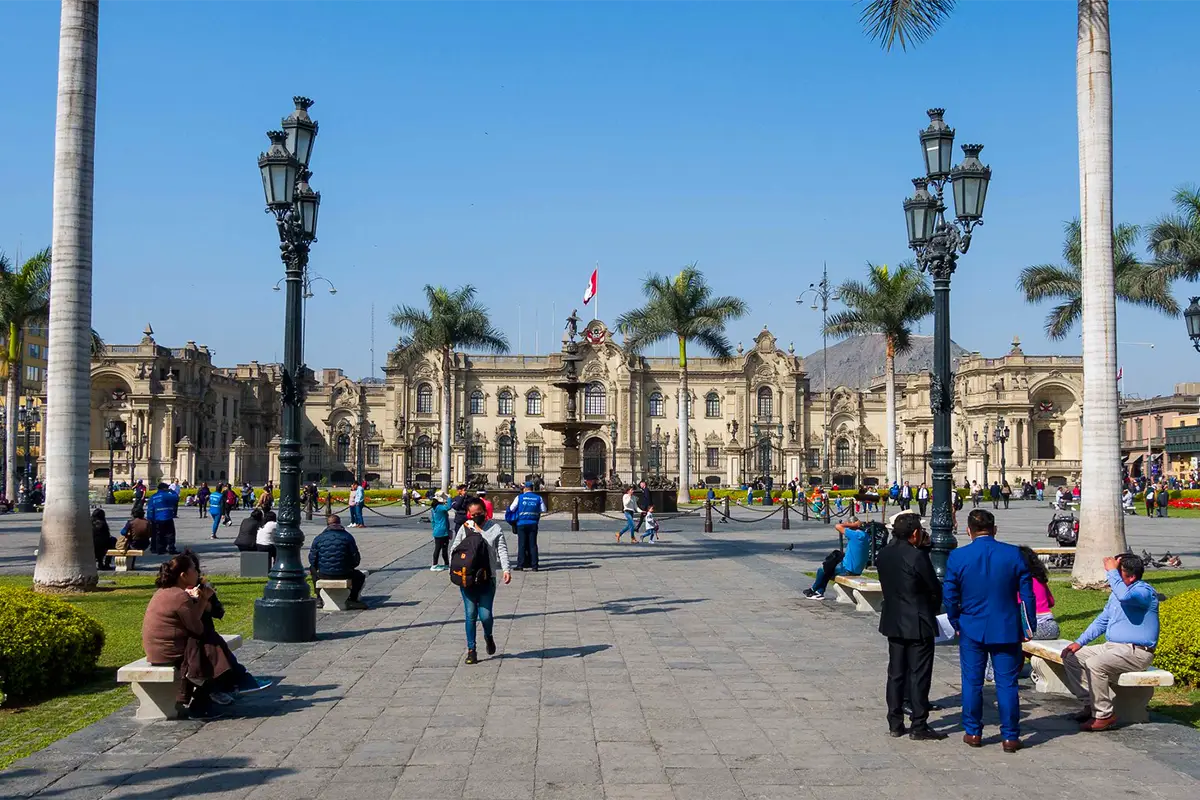





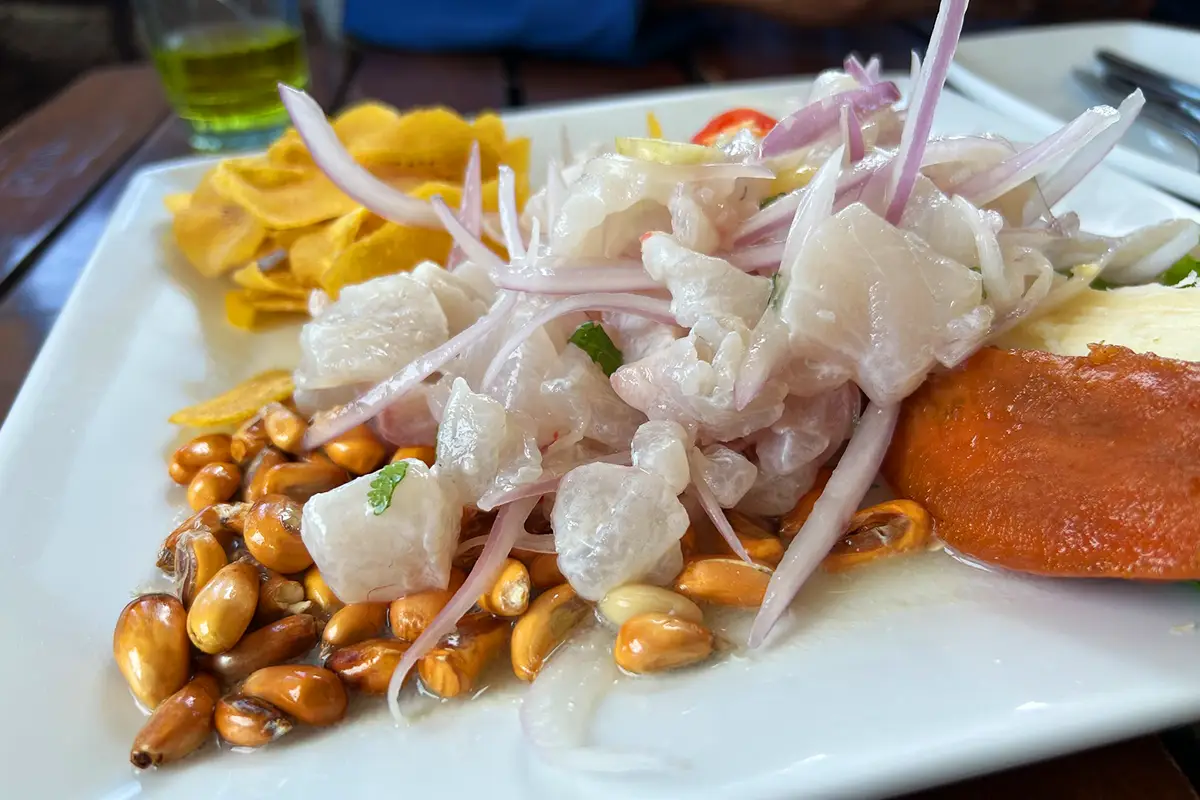


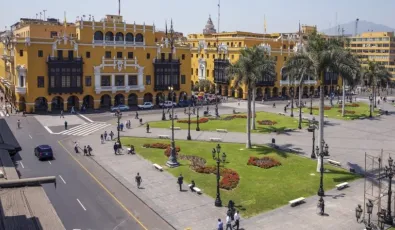
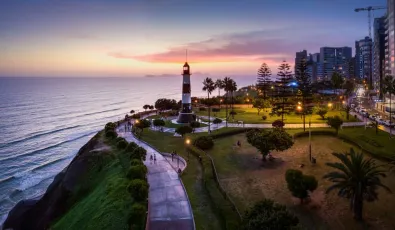
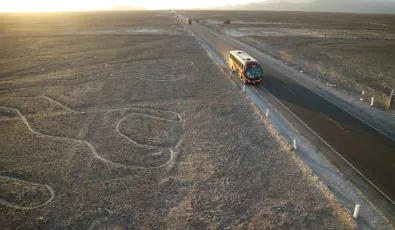
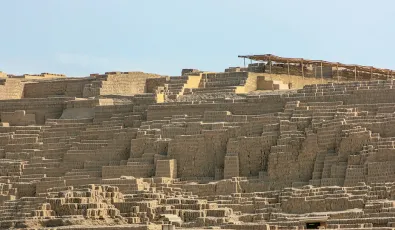
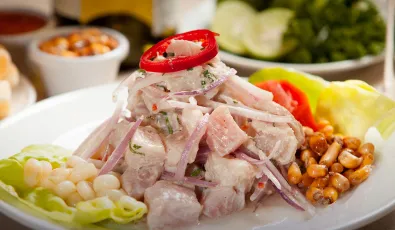

Add new comment